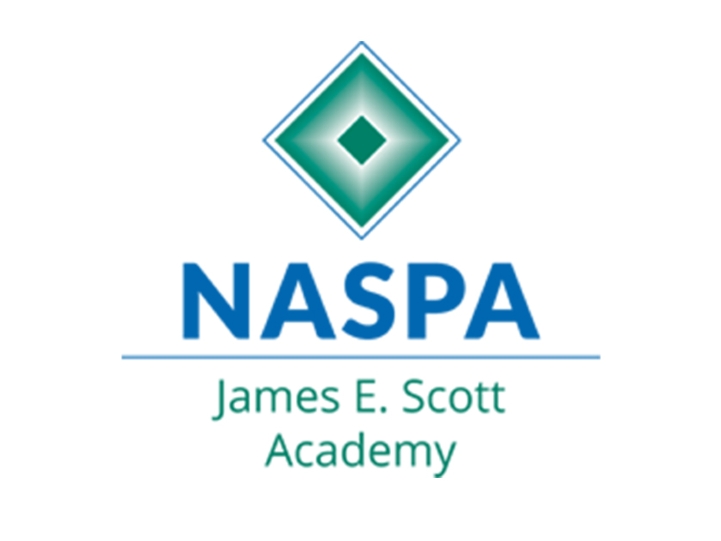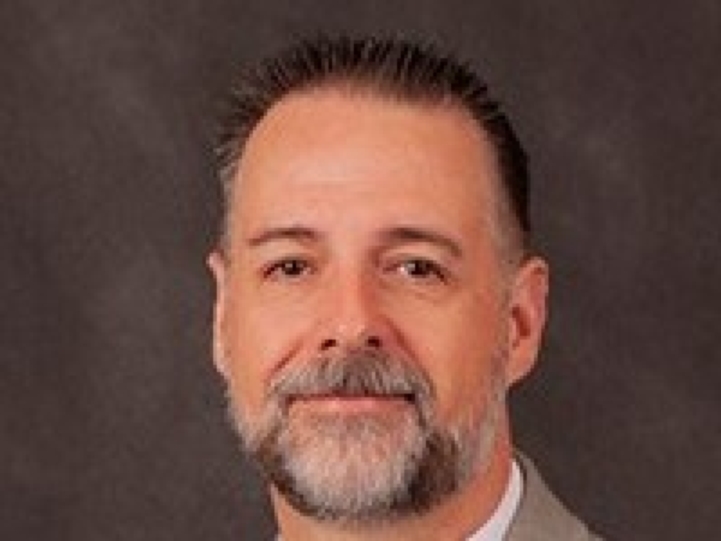
The Art of Spinning Plates: Helpful Tips for New and Aspiring Vice Presidents
Supporting the Profession AVP or "Number Two" Senior Level VP for Student Affairs
September 29, 2023
Just over six years ago, I was interviewing for my current role as vice president for enrollment management and student success. At the end of the day, I met with the president, and we discussed a great many things. We spoke about enrollment strategies, critical issues in the academy and about the unique culture of our campus community, namely student realities. As the conversation continued, for nearly two hours, the president asked me an awkwardly straightforward question, “Can you spin plates?” I replied, “I can spin on my head if it is required for the job.” I was joking, but it was not clear whether he was or not.
After a long pause, I felt the need to say something. “In my experience, being a campus administrator is like juggling glass spheres. If you are prepared, it is not especially difficult. However, it takes all of your attention because one slip and everything can crash around you.” He nodded in general agreement and responded, “With spinning plates, you must be equally attentive, but often you find yourself managing the plates you spin in addition to those of your teams.” Essentially, he wanted to know how I had in the past, or planned to ensure I could keep many projects going concurrently and ensure that everyone around me would be successful. Each year, I reflect on his question and make sure that I focus on important aspects of spinning plates. I offer the following thoughts to help new leaders have immediate and long-standing success in the role of vice president.
First aspect: know the size and weight of the plates you need to spin. Typically, understanding your organizational footprint and departmental needs is the first step. After you discern well-established departments from those under newer leadership, you will quickly learn how much support that you will need to provide to ensure that team is well functioning and looking forward. In my higher education tenure across the last 23 years, I enjoyed seasoned, high-performing directors as well as those taking an interim step up the career latter. I recommend having a great many conversations with your department leads, as well as with their teams, to discuss their training, resources, and passions. After, you might better understand their resources and goals, and intelligently identify how to best invest in that unit and support their journey.
Second aspect: make sure the stick is strong enough. If I did not effectively paint the picture of plate spinning, imagine the circus or county fair when the performer used long, skinny sticks between three and five feet in length to balance a spinning glass plate on top. Metaphorically, the plate represents organizational objectives, and the stick is the infrastructure necessary to keep it in the air. Resources are instrumental to accomplish goals, so for every plate that you spin, make sure it has ample support not to crash to the ground. Plates should never crash, especially after you first put them in motion.
Third aspect: be aware of windy conditions. External forces are sometimes predictable, while at other times they simply rear their ugly heads and cause havoc. All successful strategic plans conduct environmental scans to identify strengths, weaknesses, opportunities, and threats. Seasoned planners all know that the latter two items focus on the external, limited control items. However, identifying the external forces help to protect the mission. As you are planning, include as many stakeholders as possible in the process so that a complete worldview is available and can inform the formalization of goals and objectives. Any good sailor knows how to harness the wind to captain a safe, successful journey.
Fourth aspect: make sure you are organized to act when necessary. At a former institution, my division worked to improve retention and graduation rates. However, we soon learned that another division was taking up the same aim. We both were investing double the necessary effort to achieve the same goals. In reality, we were dividing institutional resources unknowingly because we were misaligned organizationally. After receiving some constructive advice, we developed a cross-functional team that joined resources to implement actionable strategies. We improved transparency and accountability and helped our students succeed at better rates than in the past. Conversely, an ill-prepared organization (e.g., department or committee) might not have the experience in planning or supporting change. These are important things to know before you attempt to storm the castle walls and save the princess.
Fifth aspect: a little nudge goes a long way. During my roles as vice chancellor and vice president, I have learned that if you set clear expectations, assign the appropriate resources, and empower your team(s), sometimes you simply need to stay out of the way and let great people do great things. However, from a management perspective, I would be remiss if I did not say that follow up is the key component in the project delegation formula. My advice is to offer positive support and feedback during the life of a project as a nudge forward. My best coaching experience came from collaborating with all members of the team about their progress, and less about “managing” their project.
In summary, I encourage any newly minted vice president to consider the following as they lead their organization. Understand the challenge and opportunity for the task ahead, ensure that the resources are available to support success, think about the unknown and unpredictable, and remember that chance favors a prepared mind, make sure your team is ready to act, and lead from the middle; try to push or pull less. As you think about your current role, or vision yourself in the next higher position, take some moments to visualize how you will lead and manage your resources as you pursue institutional goals. If you choose to follow someone’s playbook, learn it well. If you are writing the story, be thoughtful about how to invest your time and energy so that your plates, each and every of them, keep spinning!

Jerrett D. Phillips serves as the vice president for enrollment management and student success at Cameron University and is a member of the NASPA James E. Scott Academy Board.